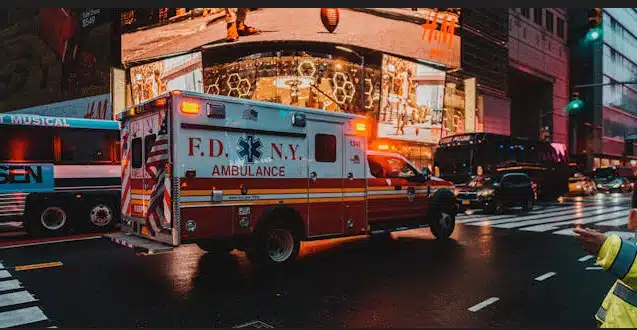What should you bring to the emergency room?
The Centers for Disease Control estimate that adults aged 60 and over account for roughly 23 percent of all emergency room visits, and of those visits, one in five result in a longer term hospital admission.
It’s an unfortunate fact of life that accidents happen, but like most challenges in long term healthcare, preparation can make all the difference.
While emergency room visits are not exactly associated with comfort, there are some steps you can take to make an unexpected stay at a hospital more comfortable and make it easier for you to receive the treatment you need by keeping a bag packed for just such emergencies.
When preparing your emergency room bag, start with a small backpack or similar piece of luggage that zips closed and you or a caregiver can easily carry. To avoid confusion at the hospital, make sure to include an easily visible luggage tag or other identifier that lists your name and phone number in the event it is misplaced.
This bag should be kept in an easily visible location near your door. If you live with others, make sure they know where this bag is located and don’t hesitate to tell responding paramedics to grab this bag if they come to assist.
What to pack for an emergency room visit:
- Medical information packet: This blog has previously discussed the importance of an emergency information binder, and most of these documents are equally useful in the context of an emergency room visit. Be sure to include:
-
- A health history form
- Primary care physician contact information
- A list of all prescription and over-the-counter medication
- Allergies list
- Advanced healthcare directive documents
- Emergency contact information
- Pharmacy contact information
Visit our past post for more details on how to compile these documents.
- Identification: Make sure to check your wallet or purse and ensure you have an up-to-date government-issued piece of identification like a driver’s license, ID card, or passport, as well as an unexpired credit card, and your insurance cards. It is also strongly advised that you include photocopies of these documents in your medical information packet in the event you leave your original documents at home.
- Personal hygiene items: In the event you are admitted to the hospital, having a toothbrush, lotions, creams, and other self-care products ensure you can feel fresh while receiving treatment. Don’t forget to bring a spare denture case and cleaning supplies if you use dental appliances.
- Comfortable clothing: Regardless of whether you are asked to stay overnight, having a clean set of clothes and an extra layer like a sweater to throw on can go a long way towards improving your experience as you wait to be seen. Also be sure to include something you can sleep in comfortably.
- Glasses and hearing aids/batteries: Receiving the best possible care is easier if you can effectively read and communicate with others. Pack a spare set of glasses, replacement hearing aid batteries, and any other assistive devices you normally use.
- Books or other entertainment: Depending on your area, health condition, and the time of your visit, you may need to spend a considerable amount of time in the waiting room before you are seen. Be sure to pack a book, tablet, or other form of entertainment to help manage anxiety and pass the time.
- Phone charger: Staying in touch with friends and loved ones during an emergency can be a vital lifeline, so make sure to pack a spare charger and/or battery bank to keep your phone running.
- Medication: If you regularly take medication, try to pack a two to three-day supply in a pill organizer and label each compartment. To avoid expired medication, make sure to rotate out medication on a monthly basis.
- Non-perishable snacks and water: Different emergency rooms have different policies on outside food, and you may not feel hungry, but having a light snack and some water on hand may provide a nice pick-me-up while you wait, or save you the effort of walking to a water fountain if you feel unsteady on your feet.Emergency rooms can be hectic places, and you are likely going to be somewhat preoccupied as you wait to be seen, so make sure to only pack items that you are comfortable potentially losing. Do not pack items like expensive watches, jewelry, or large amounts of cash.
SelectCare has spent the last 40 years helping New Yorkers live happier, healthier lives in their-long time homes. Our home health aides, nurses, and nurse supervisors are experts at providing medical oversight and in-home assistance, lowering our client’s risk of emergency hospitalization and promoting a safe home environment while giving our clients and their loved ones the peace of mind they deserve.
To learn more about how SelectCare helps, call SelectCare today, request a free in-home care guide, or read firsthand accounts of SelectCare clients on our testimonials page.
Contact us any time, 24/7 with any questions, or to request a free in-home evaluation.